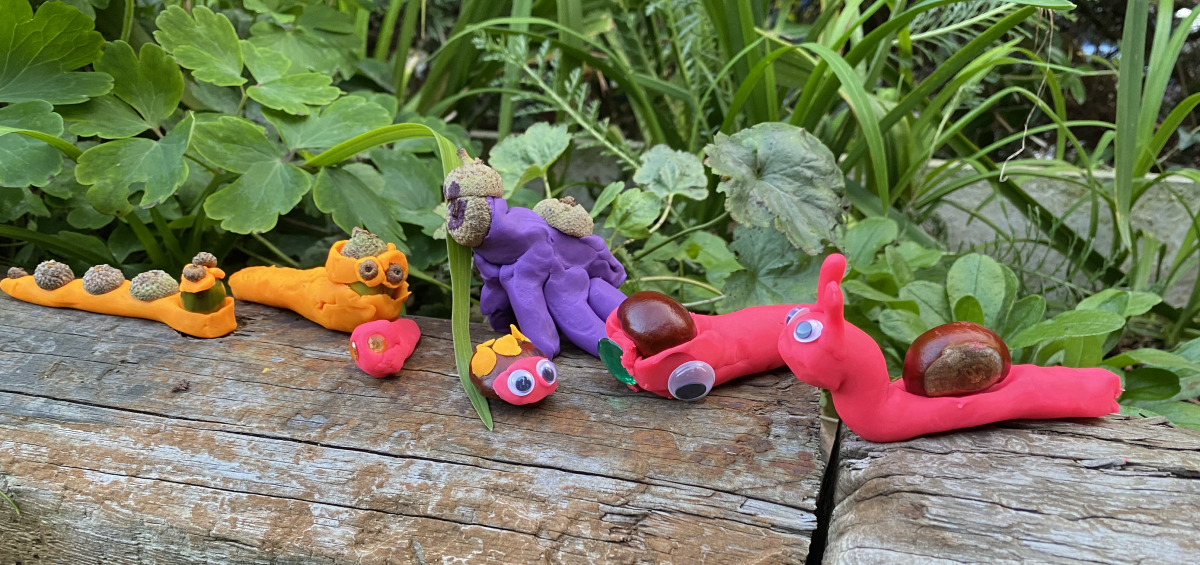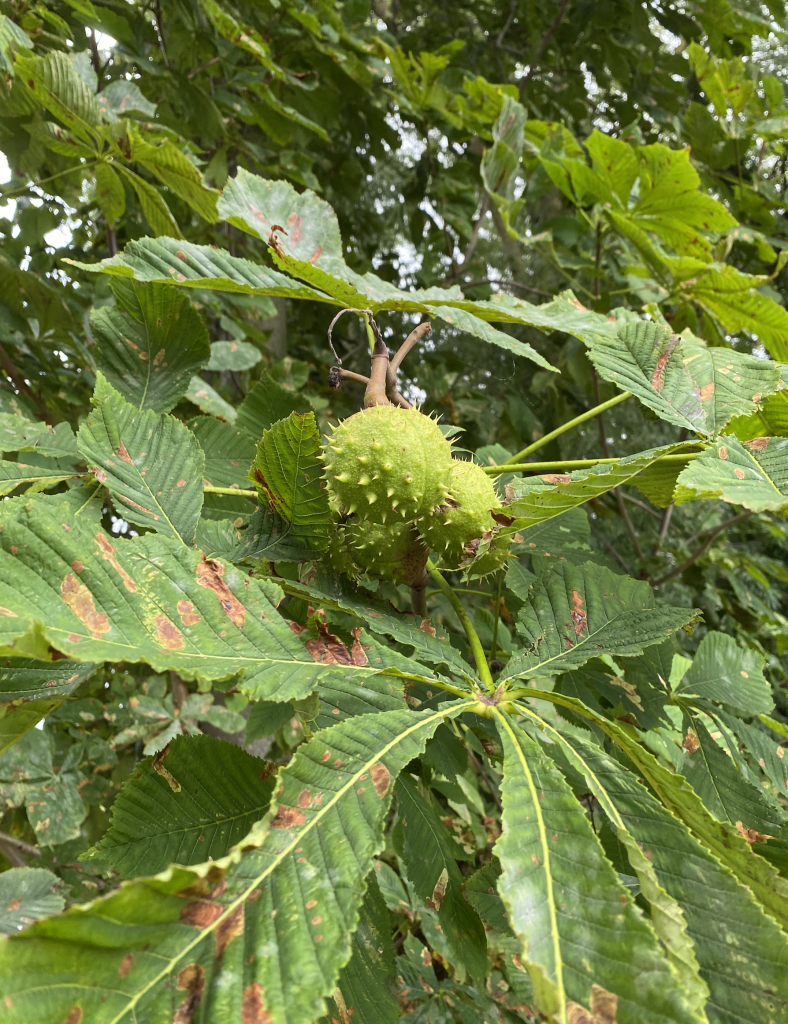
Every autumn, we can’t resist collecting conkers. Their shiny brown surfaces, smooth feel, and abundance make them irresistible treasures. But beyond playground games of “conkers,” these natural resources are brilliant teaching tools. With a little imagination, conkers can bring maths, literacy, art, and play to life.
Nature: A Free Resource at Our Fingertips
With school budgets under pressure, many teachers are working creatively with limited funding for new resources. What if we looked to nature as a classroom resource? Seasonal objects, like conkers, leaves, pinecones, and acorns, are free, sustainable, and endlessly versatile. Instead of buying another set of plastic counters or phonics tiles, a handful of conkers can do the job just as well, while also connecting children to the natural world. Here are some fun, low-prep ways to use conkers in your teaching this autumn.
Maths Magic with Conkers
Place Value and Counting
Conkers are perfect for representing tens and ones, or for building number lines. Children can group them into tens, exchange them, and practise place value in a tactile way. For younger pupils, simply counting, sorting, and making patterns builds strong number sense.
Arrays and Multiplication
Lay conkers out in rows and columns to explore multiplication and division. This concrete, visual representation supports all learners — especially those who need more hands-on practice.

Literacy and Phonics
Phonics Play
Write letters or digraphs onto conkers with a paint pen. Pupils can blend sounds to make words, sort by vowel sounds, or even play matching games. The tactile element adds excitement to phonics practice.
Punctuation Power
Try using conkers as “full stops” at the end of sentences or to represent commas and exclamation marks. This simple swap helps children visualise sentence boundaries in a memorable way.
Alphabet Arc
Arrange conkers in an arc, each marked with a different letter of the alphabet. Children can practise sequencing letters, spotting missing ones, or matching upper and lower case letters.
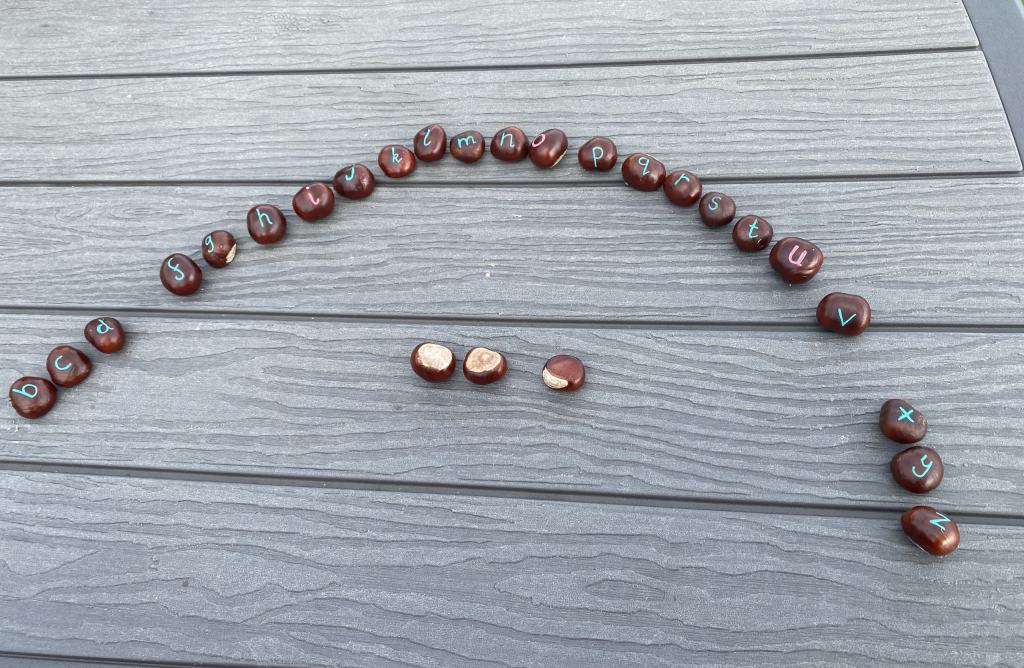
Creative Play and Art
Conker Creatures
Pair conkers with playdough and natural finds (like acorn cups) to make snails, insects, and imaginative creatures. This develops fine motor skills and inspires storytelling.
Conker Printing
Dip conkers — spiky shells included! — into paint and use them as stampers. The patterns are unpredictable, vibrant, and perfect for abstract art or autumn displays.
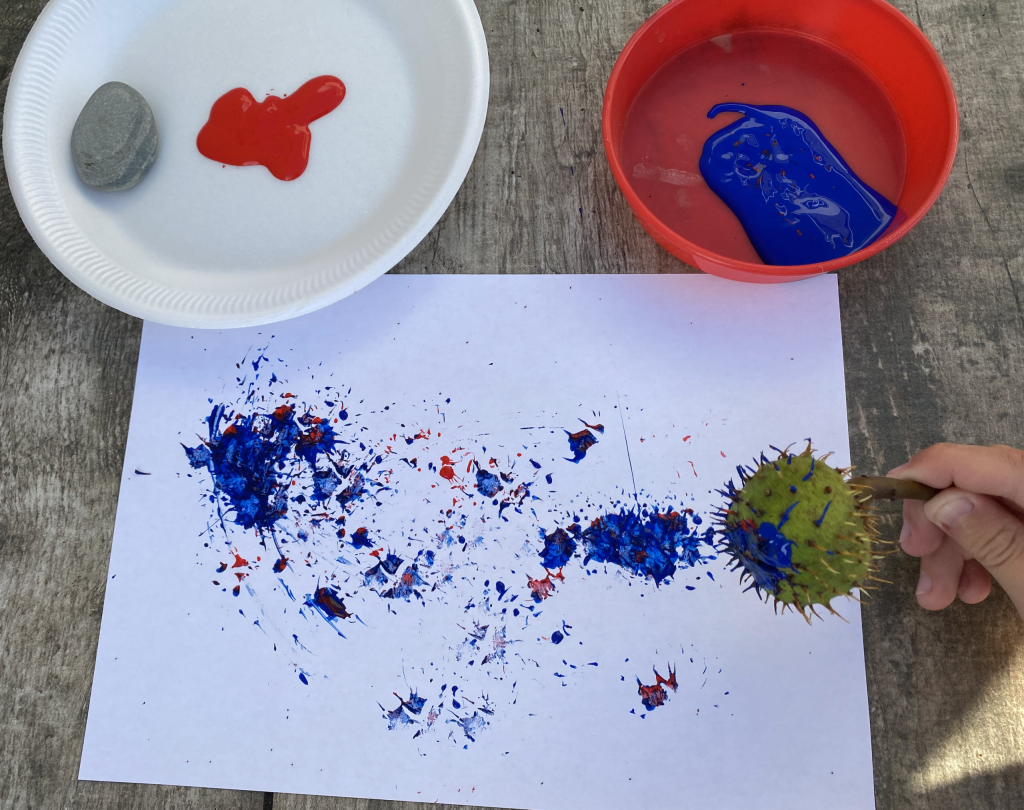
Science Connections
Conkers open a window into the natural world. Pupils can investigate the horse chestnut tree, observe conkers germinating, and compare textures between the glossy nut and its spiky shell. Linking art and science, pupils might sketch conkers, make bark rubbings, or sequence the life cycle of the tree.
Habitats and Food Chains
The horse chestnut tree doesn’t just give us conkers — it also supports a web of living things. Children can explore how the tree provides shelter for insects, birds, and small mammals. Conkers themselves are an autumn food source for wildlife such as squirrels, while the leaves and flowers attract pollinators and bugs. Discussing these interconnections helps children see the bigger picture of ecosystems and the importance of protecting natural habitats.
Why It Works
Research shows that concrete manipulatives help children grasp abstract concepts (Carbonneau, Marley & Selig, 2013), and that outdoor, nature-based learning boosts wellbeing and engagement (Becker et al., 2017). Using conkers in playful, cross-curricular ways combines both — making learning meaningful, memorable, and fun.
Final Thought
Next time you’re out on an autumn walk, gather a pocketful of conkers and let the children lead the way. With a little creativity, those shiny brown treasures can spark maths mastery, phonics fun, artistic expression, and endless imaginative play.
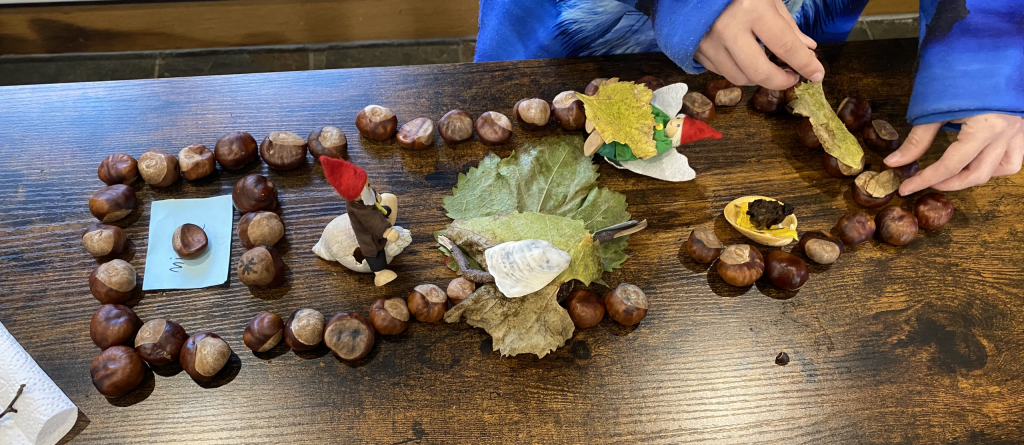
References
Byrne, E.M., 2023. Educational interventions involving physical manipulatives for mathematics: A systematic review. Review of Education, 11(2), e3400. Available at: https://bera-journals.onlinelibrary.wiley.com/doi/full/10.1002/rev3.3400 [Accessed 29 Sept. 2025].
Carbonneau, K.J., Marley, S.C. and Selig, J.P., 2013. A meta-analysis of the efficacy of teaching mathematics with concrete manipulatives. Journal of Educational Psychology, 105(2), pp.380–400.
Harvey, D.J., Montgomery, L.N., Harvey, H., Hall, F., Gange, A.C. and Brown, V.K., 2020. Psychological benefits of a biodiversity-focused outdoor learning program for primary school children. Children, Youth and Environments, 30(1), pp.108–127.
Learning Through Landscapes (LTL), 2023. Wellbeing impacts of outdoor learning and play. Available at: https://ltl.org.uk/news/wellbeing-impacts-of-outdoor-learning-and-play/ [Accessed 29 Sept. 2025].
Mann, J., Gray, T., Truong, S., Sahlberg, P., Bentsen, P., Passy, R., Ho, S., Ward, K., Kuzich, S. and Cowper, R., 2022. Getting out of the classroom and into nature: A systematic review of nature-specific outdoor learning on school children’s learning and development. Environmental Education Research, 28(8), pp.1150–1169.
UWSP (University of Wisconsin–Stevens Point), 2023. Outdoor Education – Research Summary. Available at: https://www.uwsp.edu/wp-content/uploads/2023/11/leaf-school-grounds-research.pdf [Accessed 29 Sept. 2025].

